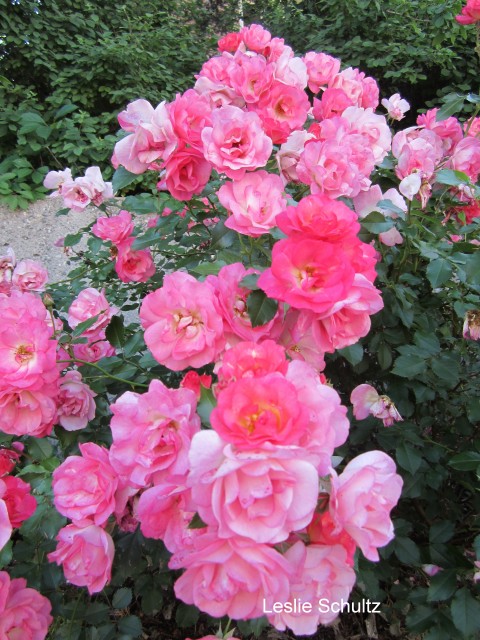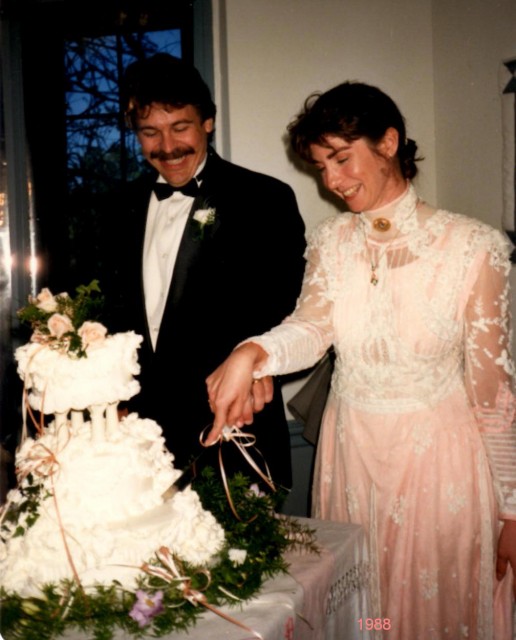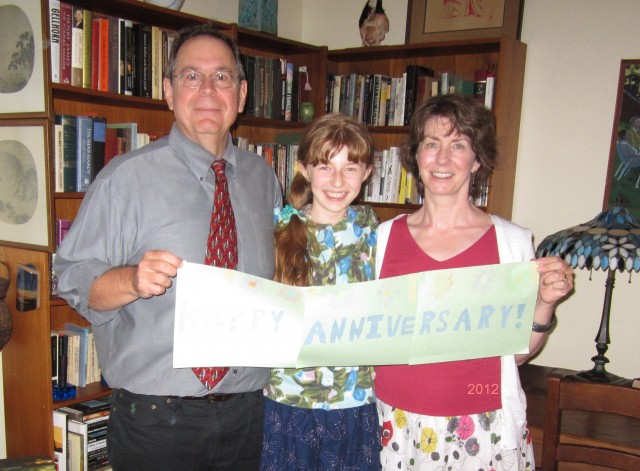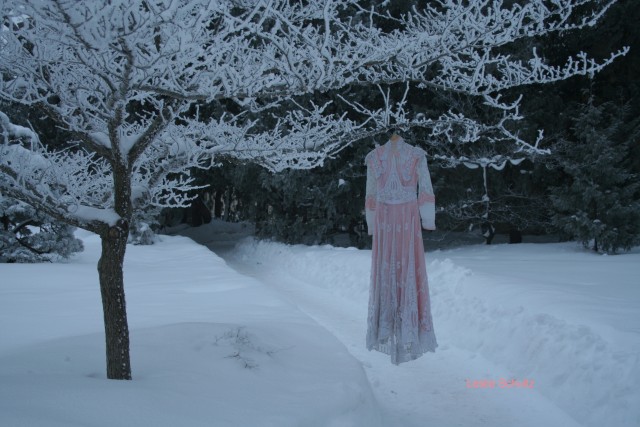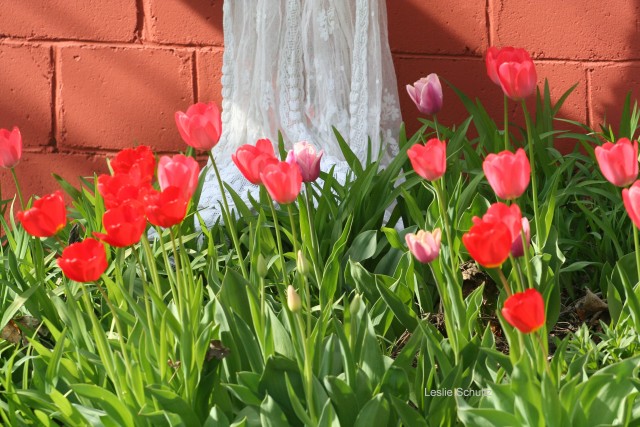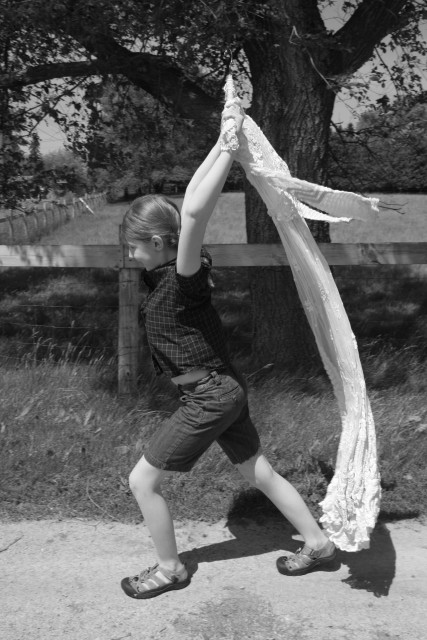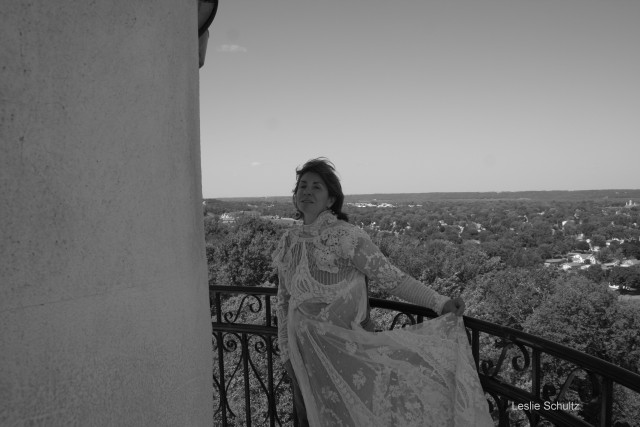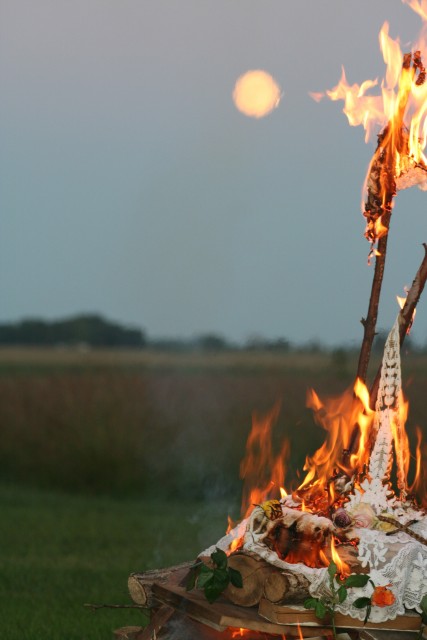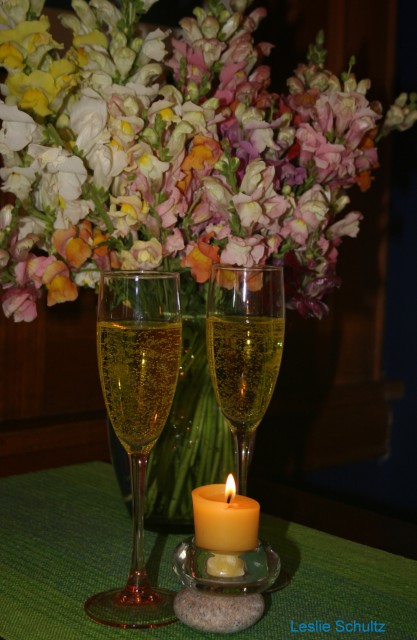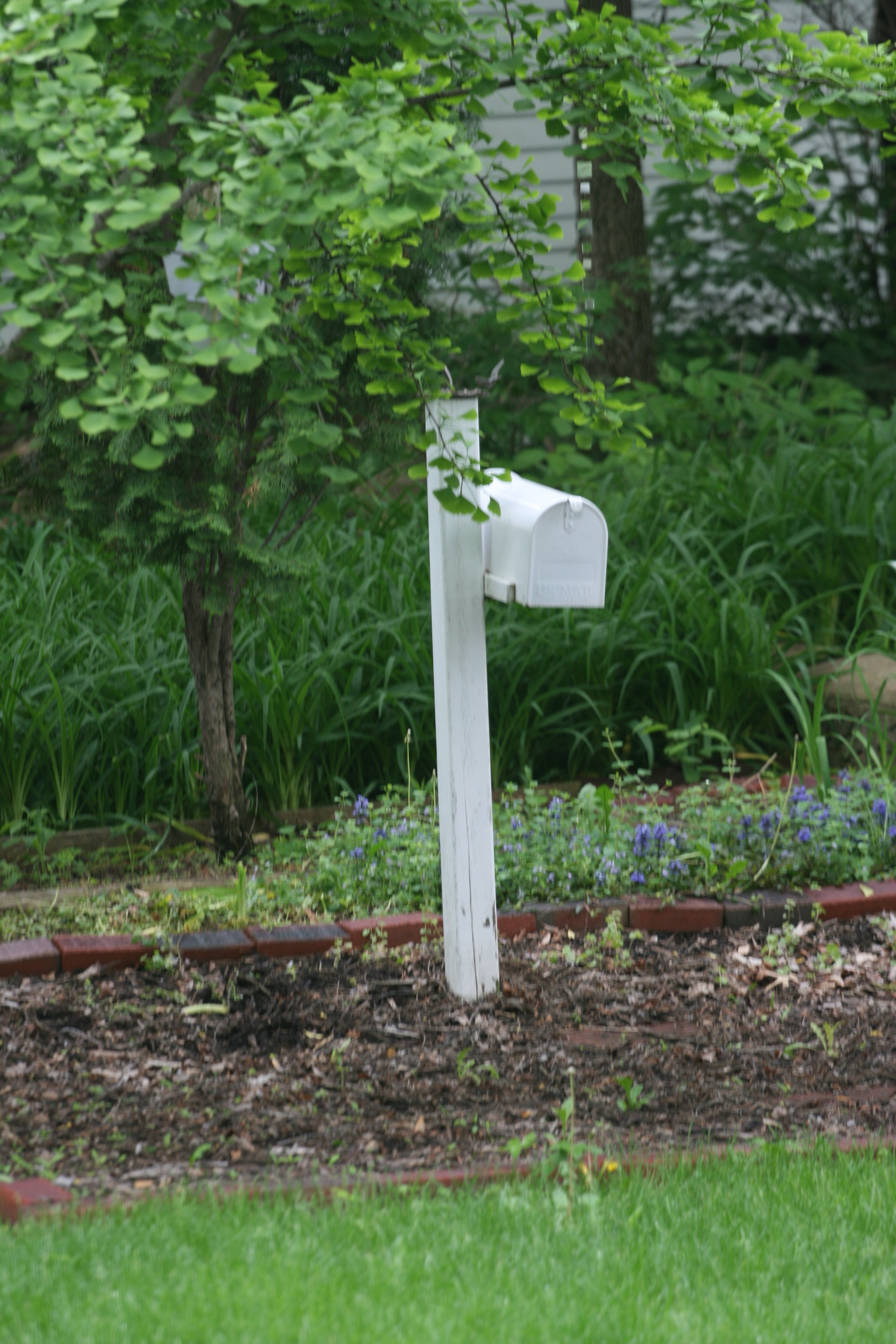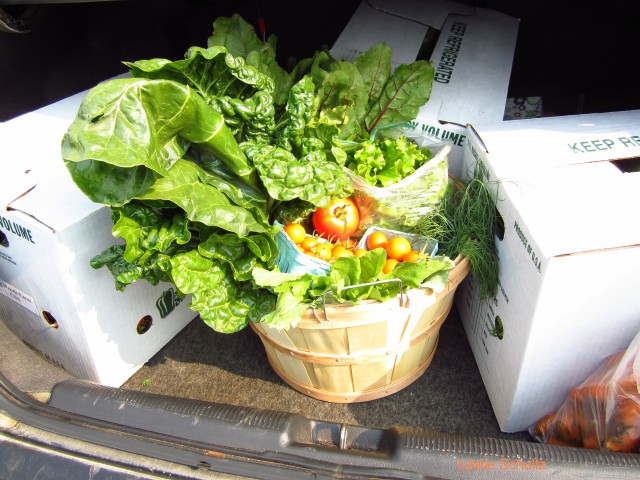
Summers mean local produce is in abundance here. Our family been part of the Community Supported Agricultural movement (CSA) for the better part of two decades–since before we ever heard that recent dictionary entry: locavore. In a CSA, consumers buy a share of the harvest prior to the planting season, then share in the abundance of the just-picked harvest and the drama of the weather’s impact on the crops. Depending on the week and the year, we will be surprised by a mix of vegetables, greens, herbs, and even sometimes flowers or fruits. Part of the pleasure is discovering the flavors of new varieties of old favorites (tomatoes) or learning about entirely new delicacies to cook (Celeriac? Tomatillo? What do I do with these?)
Above is a photograph I snapped by chance as I went to pick up this week’s share at Big Woods Farm CSA. Right now, our refrigerator is full of the freshest and most flavorful cucumbers, zucchinis, carrots, beets, and greens, as well as a just-blended dressing of cilantro and lime juice. And the kitchen counter holds an enormous bowl of various types and colors of tomatoes. This year, thanks to a new cookbook from the Duluth Grill, I am experimenting with making my own ketchup.
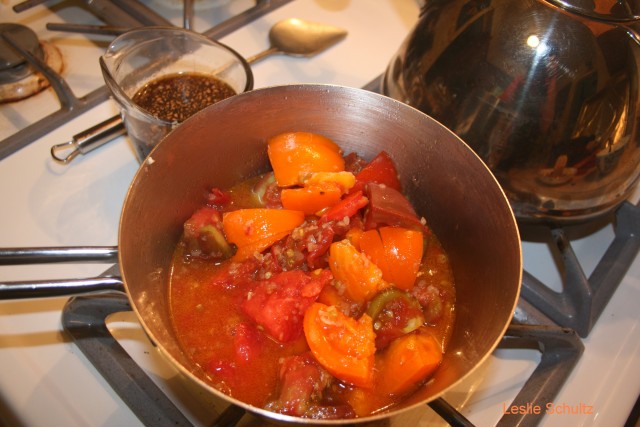
Making Our First Batch of Ketchup with Three Varieties of Tomatoes
If you don’t already lean toward the delicious and healthful and environmentally sound choice of organic food, you might be interested in the resources on the Local Harvest website, everything from farmers’ markets to CSAs in your own area. By supporting local growers, you also help to keep small producers–the new family farms–in the business of serving their neighbors and supporting their families. In addition, you reduce carbon emissions and prevent genetically modified organisms from entering the food chain, all while enhancing your own well-being and pleasing your palate. For us, this is a bargain no matter what angle we look at.
The one challenge we’ve found is making good use of all this abundance. Some of the fresh pickings that we can’t eat during the week, we give away to our friends and neighbors. We also preserve food by blanching and freezing it. It is time-consuming, but very satisfying to see the freezer fill up with grated zucchini and partially baked winter squashes (for breads, muffins, and stews), and with bell peppers, beans, onions, carrots, tomatoes, corn, and herbs (for soups, stir fries, and casseroles).

From Field to Doorstep: Beans from Big Woods Farm CSA
This year, we are also freezing blueberries, peaches, and apples–these last from trees planted by Tim and his siblings on the farm they grew up on.
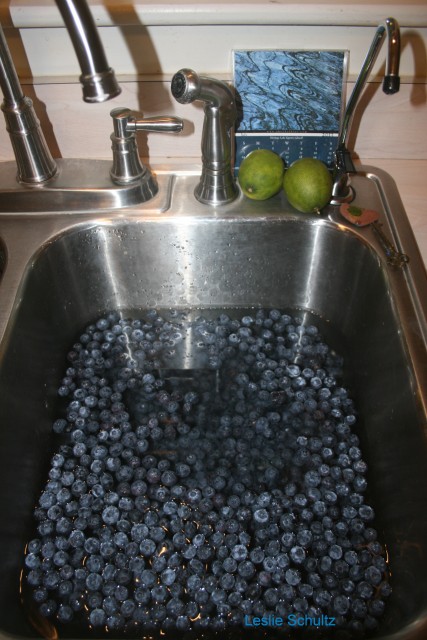
First Step: Freezing and Stewing 20 lbs of Michigan Blueberries
We also seek out other local growers when we can. One favorite example is just down the road: Lorence’s Berry Farm. We depend upon their strawberries, raspberries, and asparagus in season, and also enjoy their frozen berries, jams, and syrups. 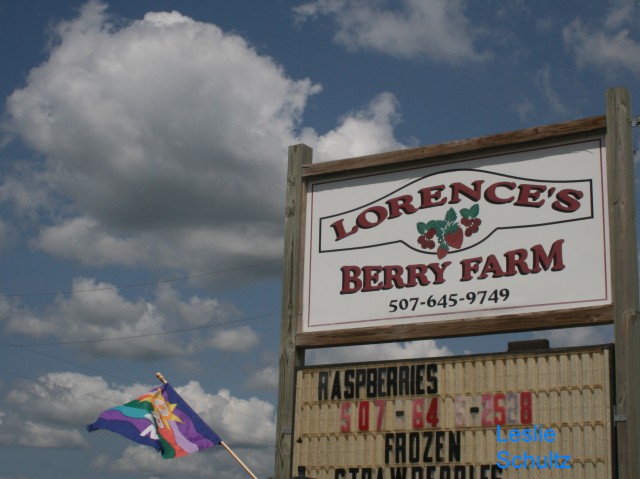
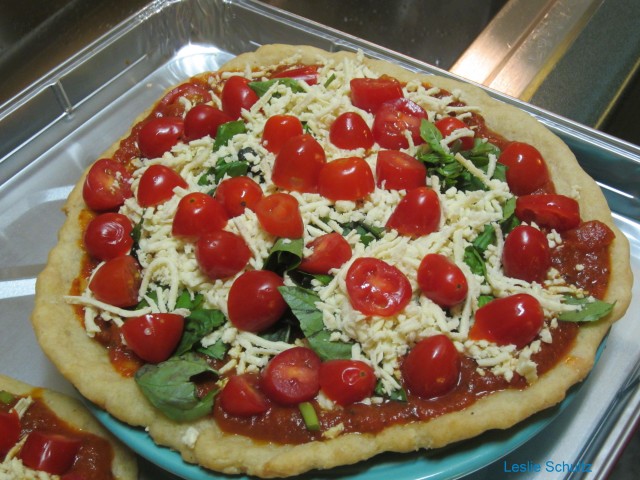
Julia’s Gluten-free Pizza with Cherry Tomatoes, Basil, and Rice Cheese
Julia, a dedicated environmentalist (who has recently instituted a composting program for our kitchen) proved that we can take good, fresh food on the road. There will be more on our trip to Duluth in an upcoming post, but here is a photo of the ready-to-bake pizza she created in a hotel room with only a microwave oven–gluten-free and dairy-free, no less–using basil and cherry tomatoes from our first vegetable delivery from Big Woods Farm.
Using local produce from small farms and gardens grows on us each year a bit more. We continue to learn of new options and also to become better (more imaginative and healthful) cooks. And we’re curious about your discoveries! Please let us know your favorite sources, your plans for next season.
As for us, we have a scheme for growing hard-to-find Yellow Indian Woman soup beans at a well-cared-for garden we know about–stay tuned!
Now, for more on the poetry of the garden:
Cruciferous
Silvered cabbages sparkle with dew,
appear like treasure in the field rows.
Peas twine along the chicken wire,
studded with fat purple blooms.
Sweet onions pulse toward the surface,
Their fragrant tops the green of park benches.
At the corner of my vision, lies a thin, black hose –
No, it’s a snake weaving through the baby beets.
Raspberries glitter, cherries dance.
Asparagus has gone to seed, red berries bejeweling
those tops like fluffy Christmas trees, while corn silk
drapes wet, sweet, unripe. A blush
of yellow-orange begins to gild the pumpkins
under the dragonfly-blue haze of August.
I think how this garden feeds my eye,
all of me, passes through me in many ways – death,
rot, renewal, and new fruit. I pick a nasturtium,
tuck it behind my ear, head up the hill, then pause—
there is a small rattling in the bluebird house.
Suddenly, the surprise of a rounded blue head, and
a rosy breast, flushed
like an embarrassed cheek or ripe peach:
duet tints of happiness.
Leslie Schultz
Thank you for reading this! If you think of someone else who might enjoy it, please forward it to them. And, if you are not already a subscriber, I invite you to subscribe to the Wednesday posts I am sending out each week–it’s easy, it’s free, and I won’t share your address with anyone.

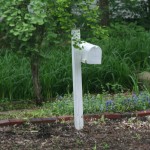 Other News:
Other News:
I was thrilled to learn that my sonnet, “Tintern Church of England School for Girls”, was named one of three “Top Choice” selections for the 2013 Great River Shakespeare Festival/Maria W. Faust Sonnet competition. I am interested that this news came soon after my post on not “pre-rejecting myself or my work”, because I wrote this sonnet thirty years ago. Although I have sent it out a number of times, it had not yet found its audience–until now! Click HERE to read all the winning sonnets.
And remember the Mars Haiku contest? The winners are in! Thank you to those who voted for my entry; although it was not one of the top choices those selected from 12,530 valid entries, I believe it will still keep those winners company on the DVD that will orbit the Red Planet. Thank you!

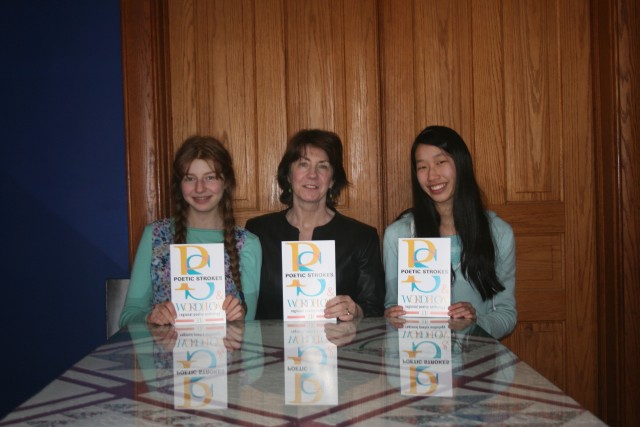


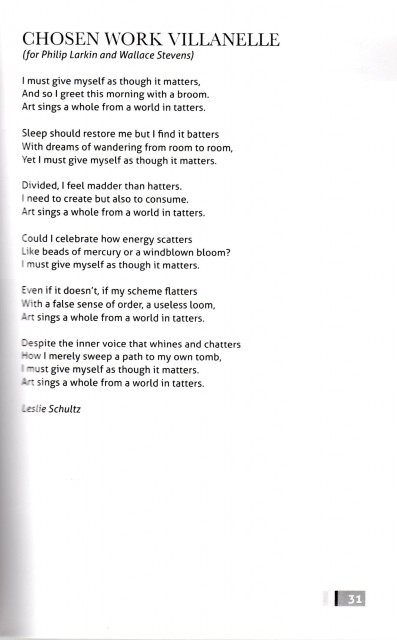
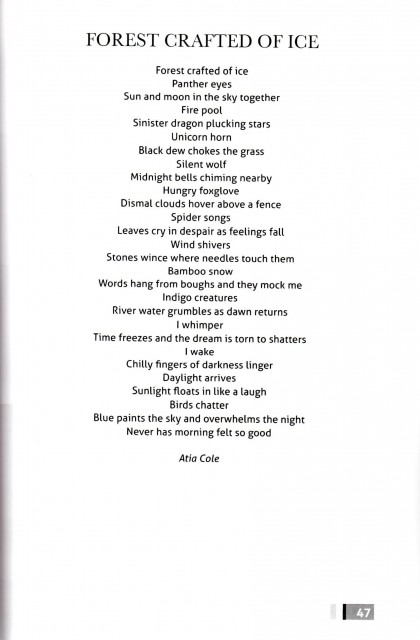

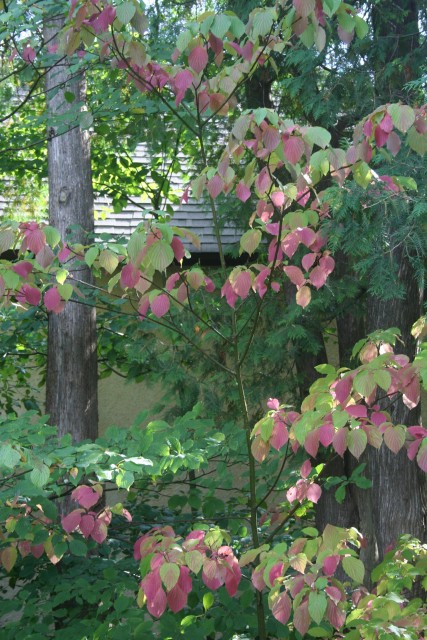
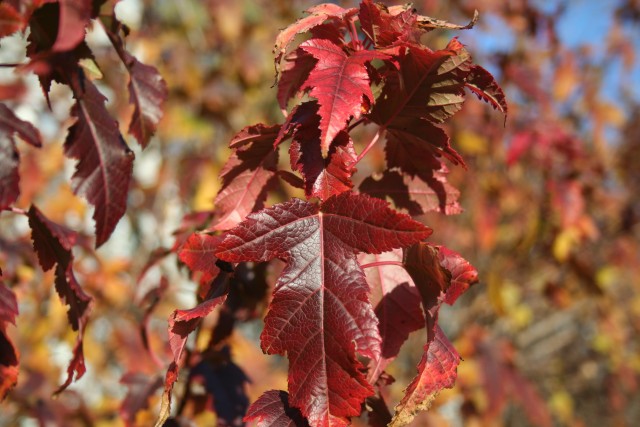
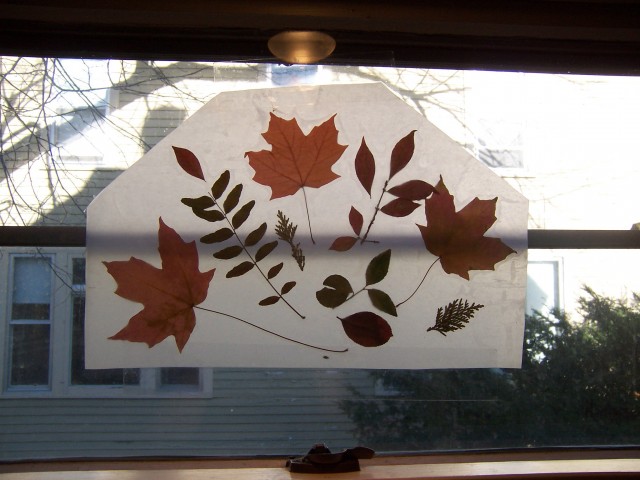
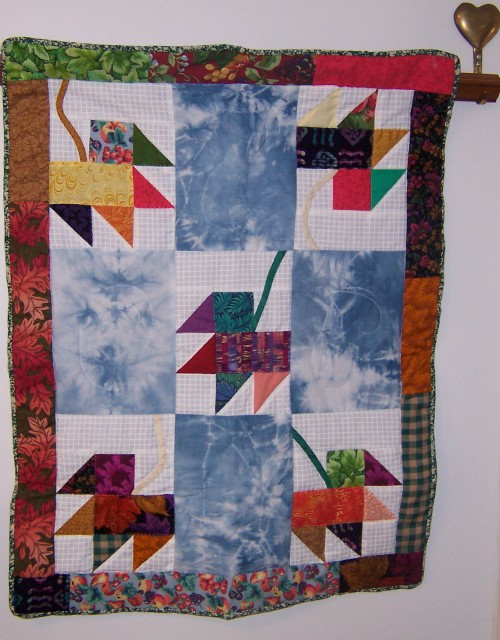
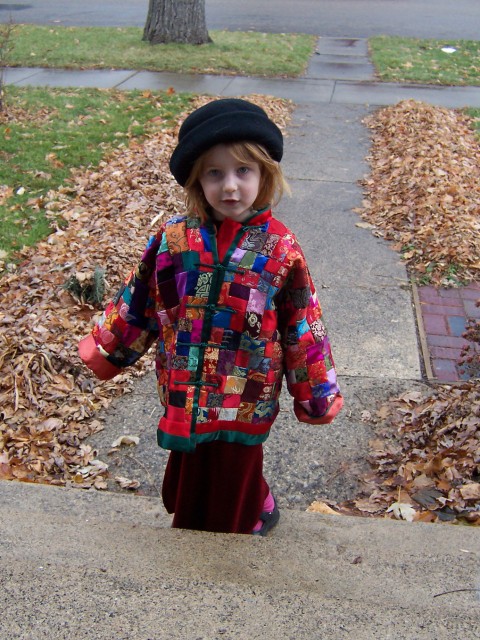
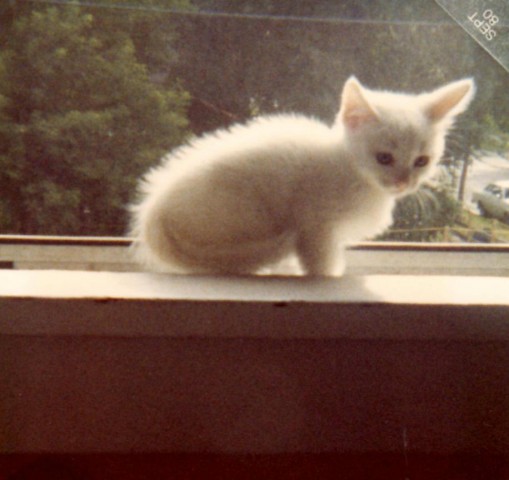
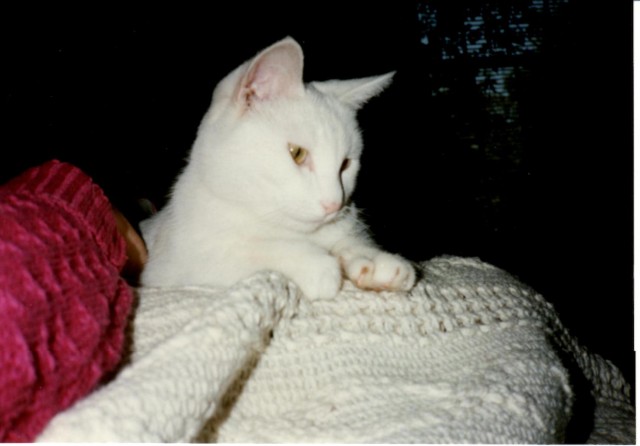
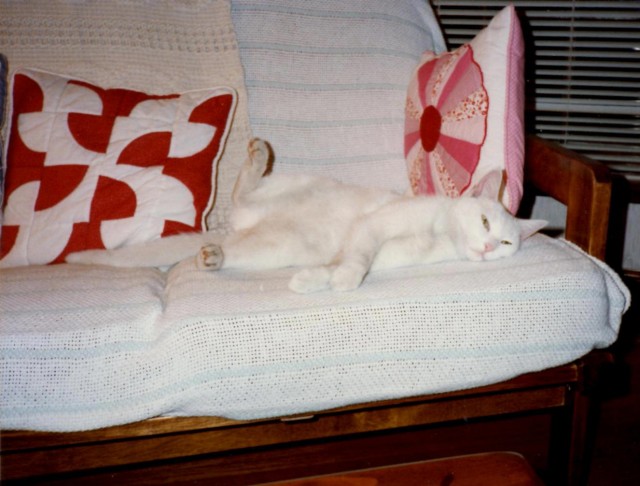
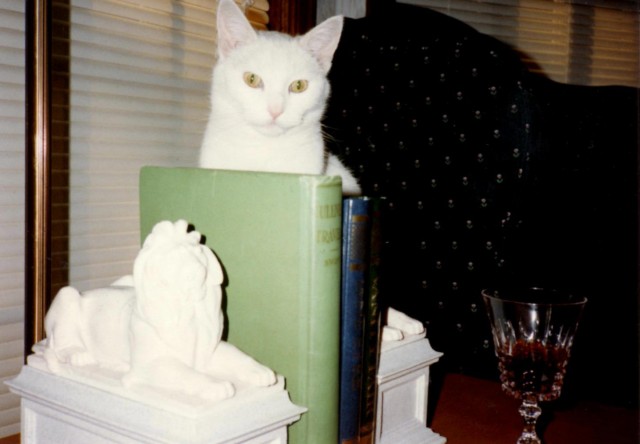
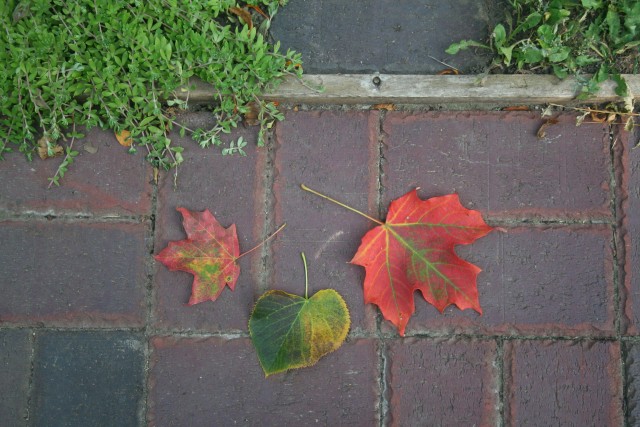
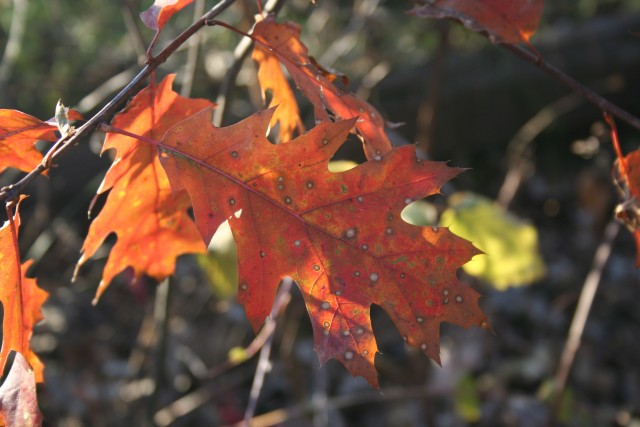
 Thank you for reading this! If you think of someone else who might enjoy it, please forward it to them. And, if you are not already a subscriber, I invite you to subscribe to the Wednesday posts I am sending out each week–it’s easy, free, and I won’t share your address!
Thank you for reading this! If you think of someone else who might enjoy it, please forward it to them. And, if you are not already a subscriber, I invite you to subscribe to the Wednesday posts I am sending out each week–it’s easy, free, and I won’t share your address!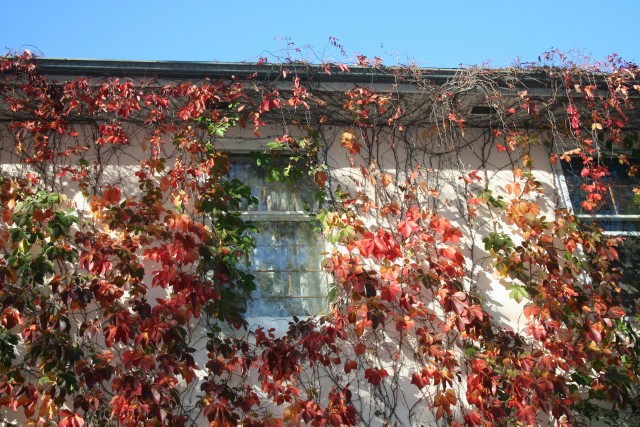
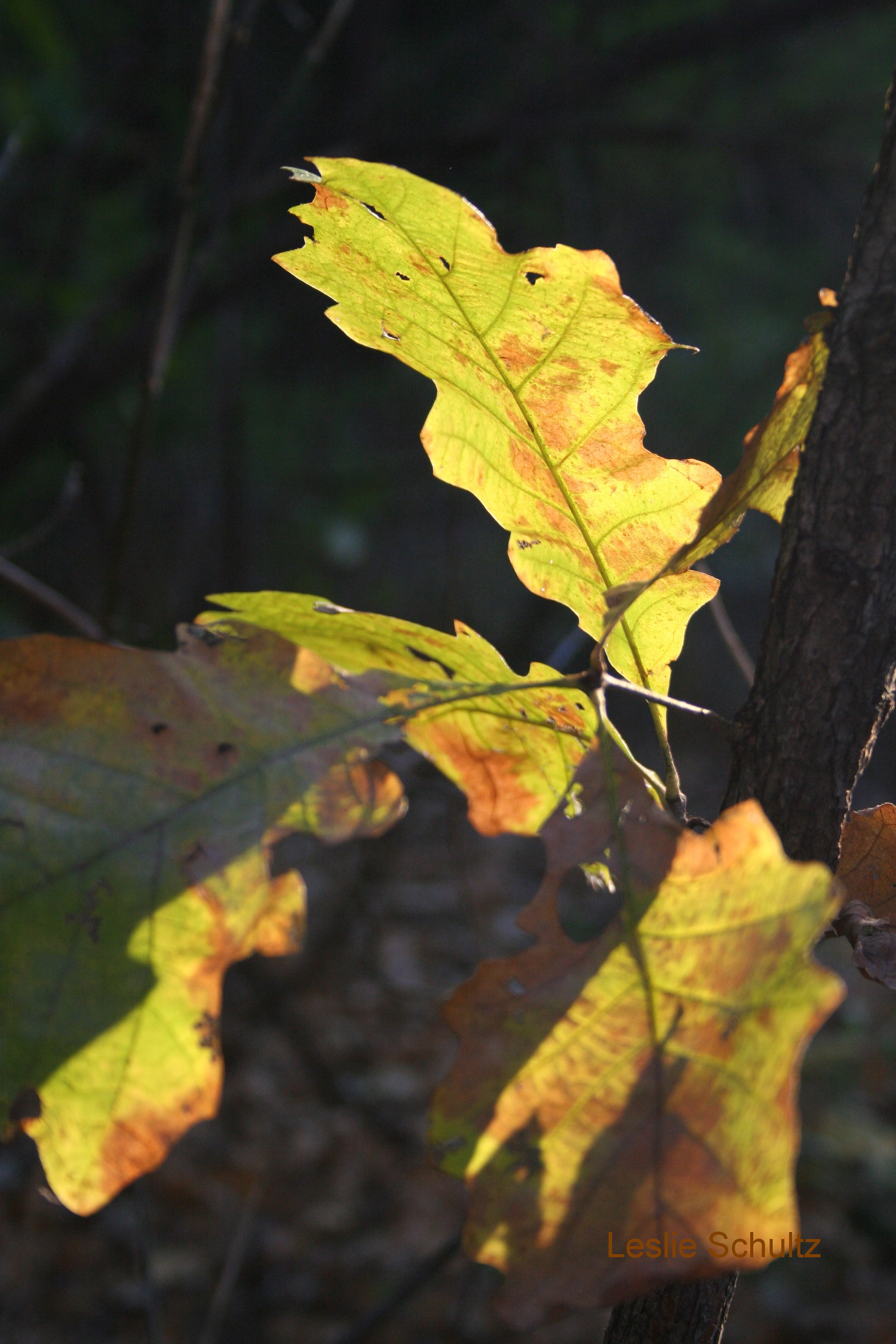
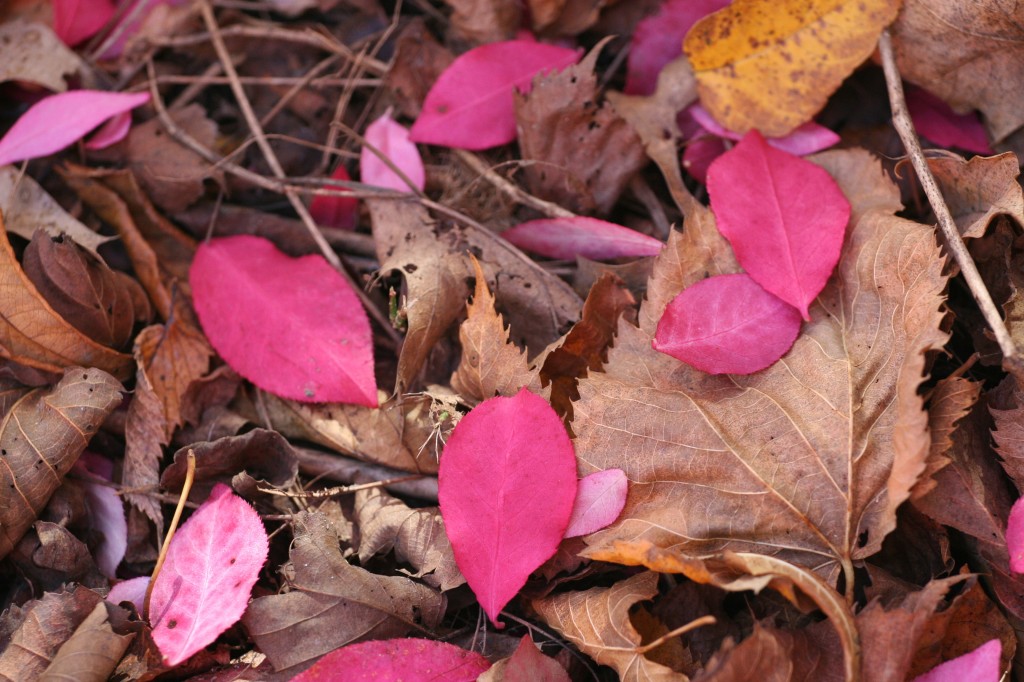
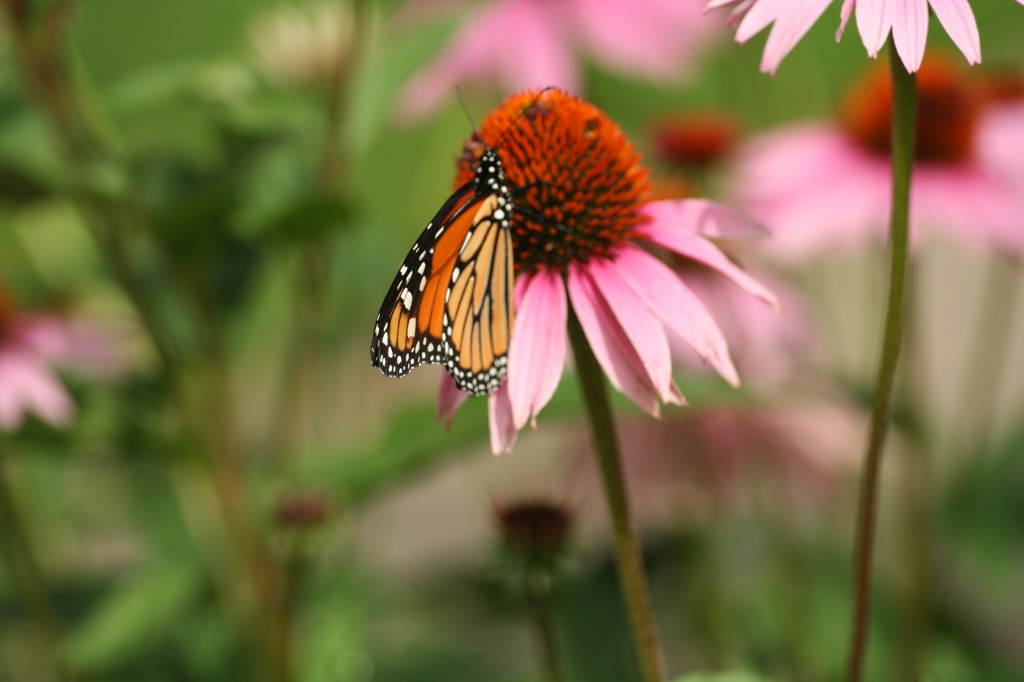
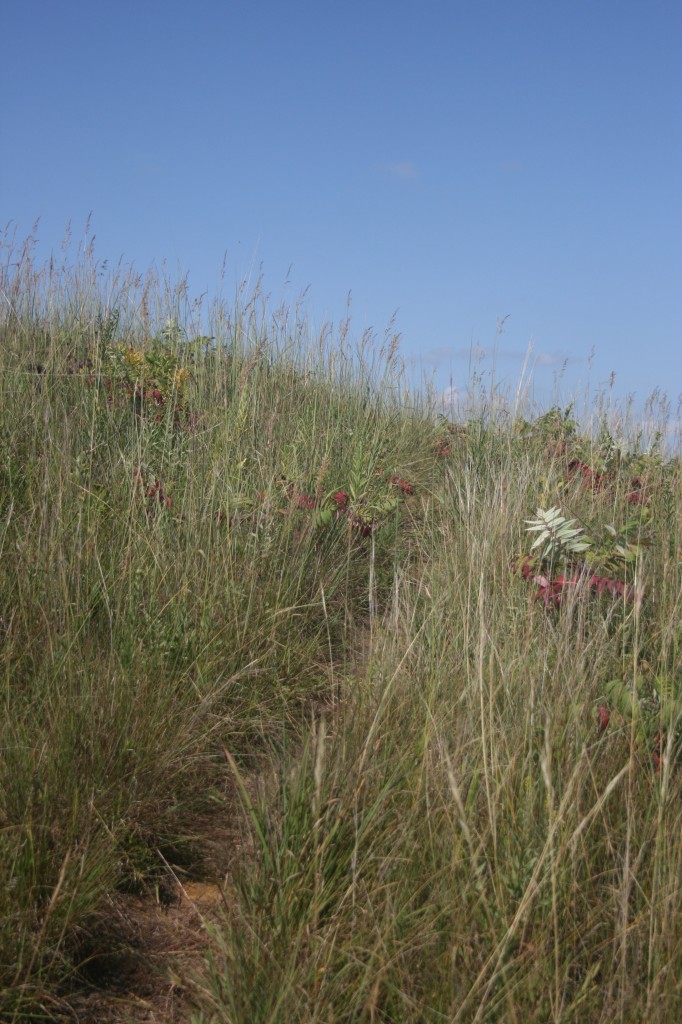
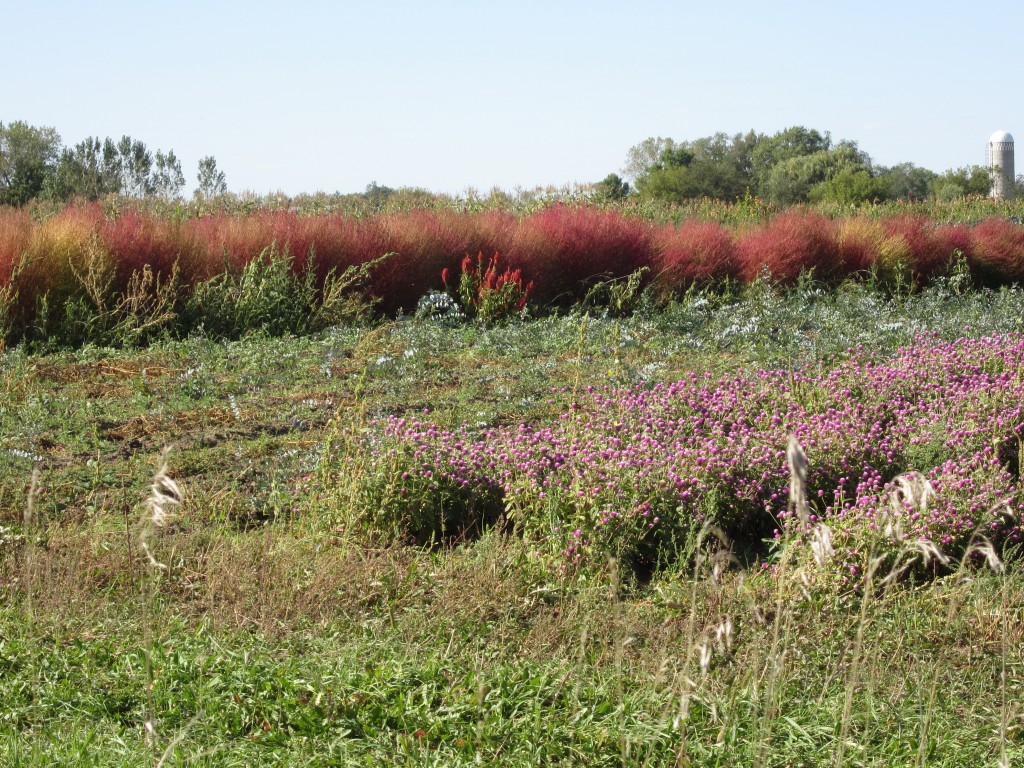
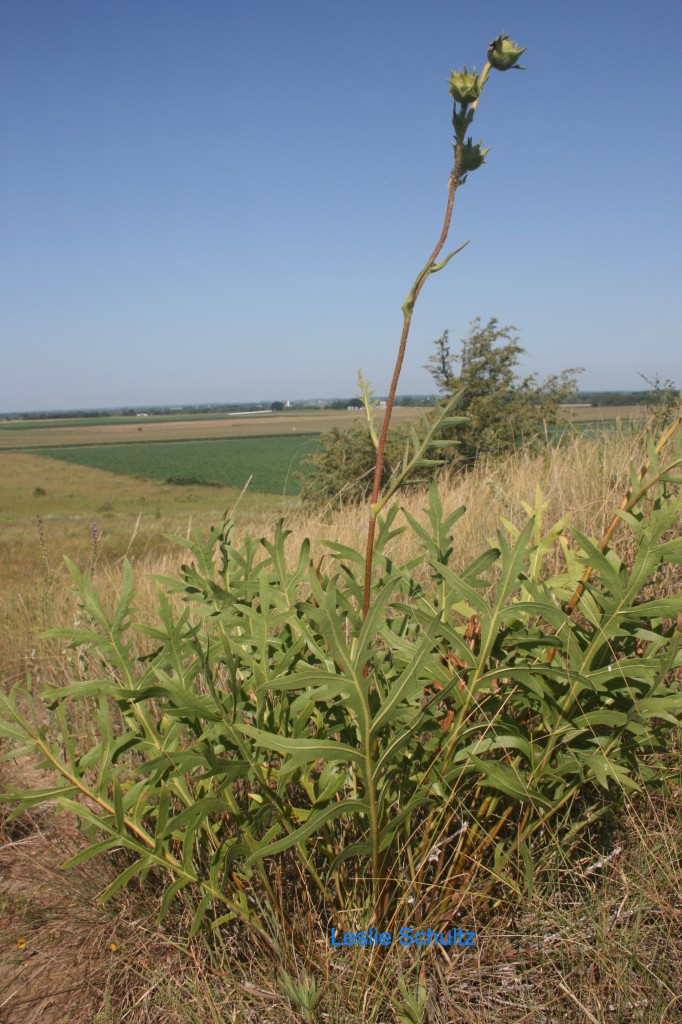
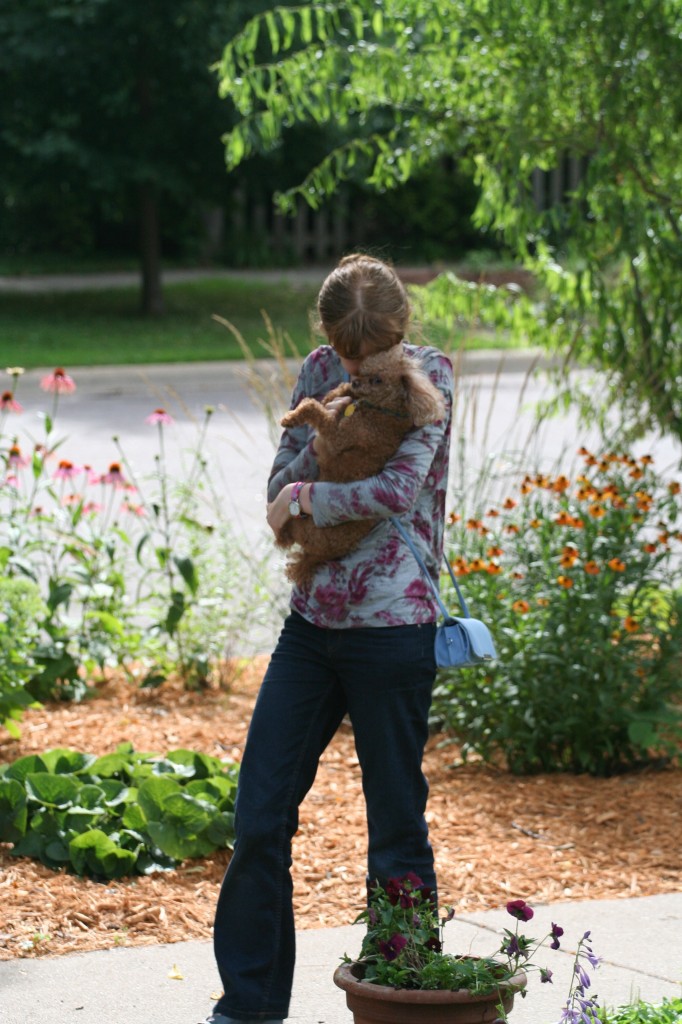
 Other News
Other News







